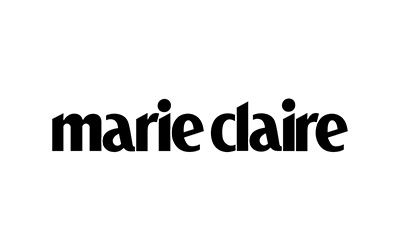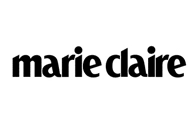Fat Transfer or Grafting
Fat transfer is a Plastic Surgery procedure that involves harvesting of fat from one area of the body and injecting it into an area of need after the fat has been prepared for injection.
Fat grafting is the vogue in Plastic surgery today but in truth has been a Plastic surgery technique for the better part of 30 years. It involves the removal of fat from trouble areas or excess areas and transfer to areas of need. With ageing, tissue descends and structures atrophy (bone, muscle and fat) this is especially true in the face. Fat grafting can replenish the lost tissue and augment facial features that not only reverse’s aging but improves the facial aesthetics by restoring balance. Fat grafting can also be used to augment any part of the body, help contour irregularities and as a dermal filler anywhere in the face.
Model featured in photography
Fat grafting is performed for the following reasons:
- As an adjunct with a facelift
- To enhance the appearance of the cheek bones
- To fill irregular areas
- To correct contour abnormalities from any cause
- To augment the lips
- As an autologous substitute to filler
Fat Transfer / Grafting Technique:
Fat is harvested from the abdomen or inner thighs with liposuction. Once harvested the fat is prepared for injection by centrifuge, which separates the injectable fat cells from the oil and serum. The fat is then placed into injectable syringes for transfer to the desired area.
24K Fat Grafting - Exclusive at Artiste
Micro Fat Grafting is the transfer of fat from one part of the body to another.
The fat was initially thought to survive as a fat graft, similar to a skin graft. What we know now is that while some of the fat can survive, the benefit is that your skin will be illuminated as the stem cells are stimulated and support the recipient area.
With fat harvest, the fat cells that do not survive, leave behind progenitor cells that act as stem cells. These have the effect of boosting the extracellular matrix and act like a filler and booster for the area that is injected.
Micro Fat Grafting as we call it, is a powerful component of every facial surgical procedure of Specialist Facelift Surgeon Dr Jack Zoumaras. It is treated as a separate procedure during surgery, and a lot of thought, care and finesse is placed into utilising the fat. The fat grafting survival rate is over 70% in the 5 years since we have been using 24k.
There are 6 steps used by Dr Jack Zoumaras to ensure your fat grafting not only survives but thrives and gives you the best skin illumination and facelift result.
- Step 1 involves harvesting the fat through a special liposuction device that extracts fat with low pressure to not damage fat cells. Teh calibre of the syringe is large to ensure no fragmentation of fat.
- Step 2 involves centrifuging this fat harvest to separate oil from blood.
- Step 3 involves transfer of the just the fat cells to a smaller syringe in preparation for breaking down to a certain size depending on the location of the fat graft.
- Step 4 Fat is adnised through to 2400 microns (used for cheek and jaw bone)
- Step 5 Fat is adnised from 2400 microns to 1200 microns (used for the naso labial fold, cheek, marionette lines, pre jowl and pyriform aperture)
- Step 6 Fat is adinised from 1200microns to 600 microns which is used for the temple, eyelids and tear trough area.
The reason it is called structural or micro fat grafting, is because it involves more than just the harvest and injection of fat. It is technical, and requires a certain degree of dexterity, involving; special harvest, careful separation and then planned injection into certain areas. This provides a matrix for good skin health and Dr Jack Zoumaras is able to fill areas that are left voided due to facial ageing.
Common Concerns
The procedure will be illustrated in detail and you will be given a detailed instruction sheet on expected post-operative course and potential complications during your consultation with Dr Jack Zoumaras.
It is recommended that you are a stable weight for at least 3-6 months to obtain the best possible results.
It is advised to stop smoking at least 6 weeks before and after surgery.
FAQs
As Seen On











